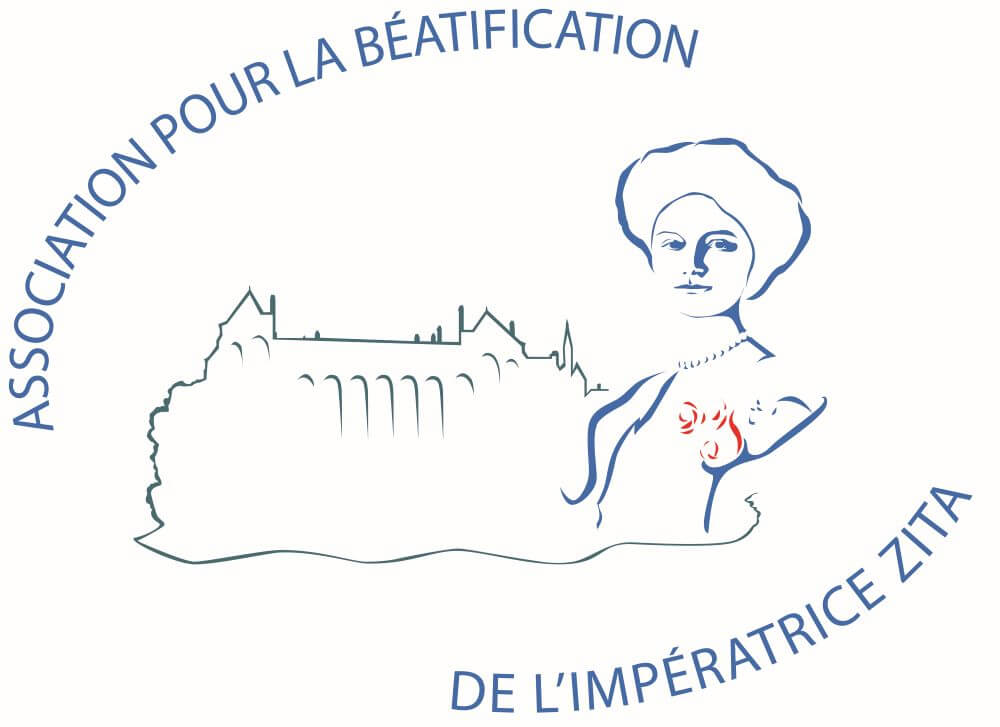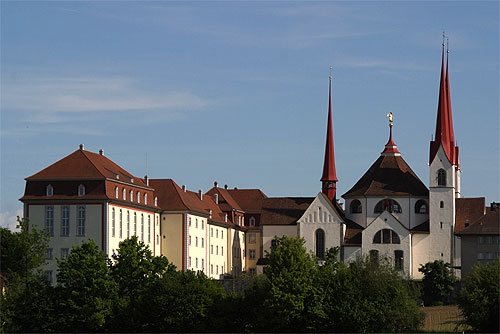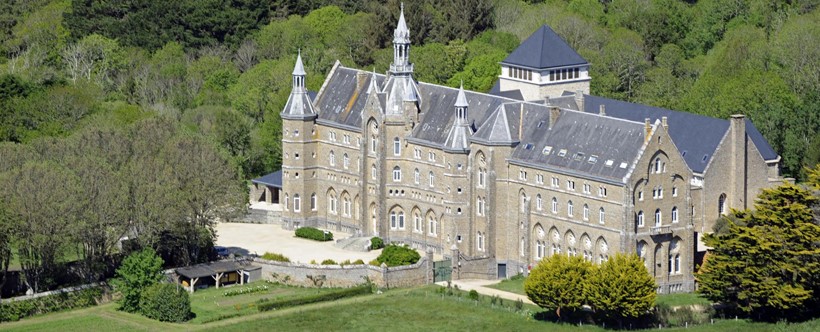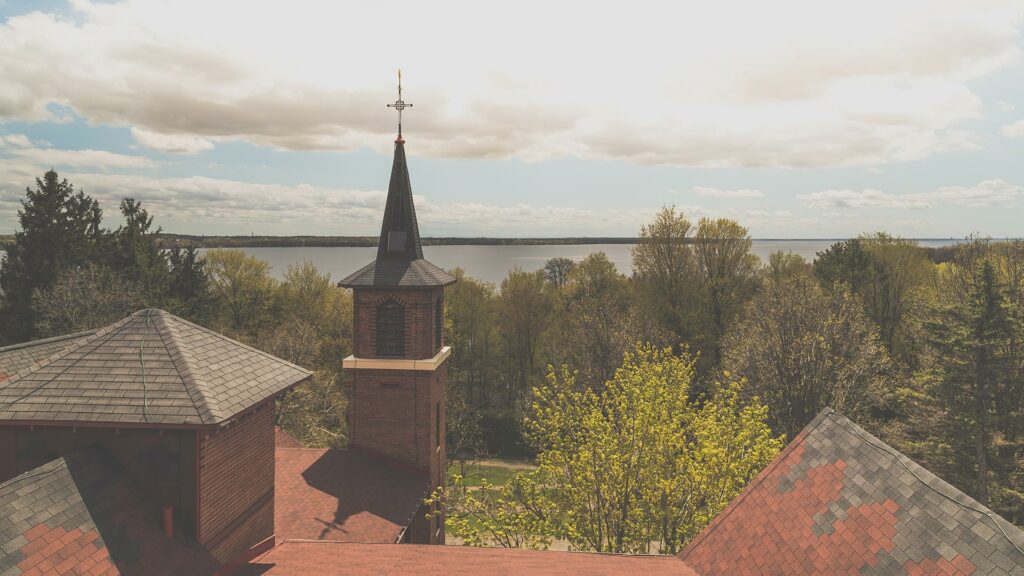Servant of God Zita’s patron saint was saint Zita of Lucca, in Tuscany, the patron saint of servants. Her motto was “Hands at work and heart to God”. The Servant of God Zita made this motto her own, similar to the Benedictin «Ora et Labora».
Throughout her life, the Servant of God Zita forged links with many religious institutions and monasteries, primarily with the Benedictine family. Most of these monasteries have a vivid memory of Empress Zita and are now praying for her beatification.
From a young age, Zita was closely connected with the Abbey of Sainte Cécile de Solesmes. She first visited the abbey in 1899, when she came to see her grandmother, Queen Adelaide of Portugal, who had entered religious life in 1897 as Mother Adelaide of Braganza. Zita’s sister, Adélaïde joined Sainte-Cécile de Solesmes in 1907, her sister Franziska in 1913 and her sister Maria Antonia in 1919.
This monastery, founded in 1866, can be viewed as the center and anchor of the Servant of God’s spiritual life, the place where she would be regenerated. She made frequent and long stays there, benefiting from an indult of Pope Pius XII that allowed her to stay in the enclosure of the monastery thus sharing in the life of the nuns.
“Holiness is the sole purpose of life, and life is not worth living unless we strive for it”
Mother Cécile Bruyère, founder and first abbess of the monastery.
These words are the heart of the life of the Servant of God.
Abbaye Sainte Cécile de Solesmes
At the age of 11 (1903), Zita became a resident in the Visitandine monastery of Zangberg in Bavaria.
She stayed there until 1908. She said:
The sisters were really very caring. Yet they would apply their educational principles with great severity, rigor even, but always in a spirit of justice and balance. Had I been given a free choice as to where my daughters ought to be educated, I would have sent them to Zangberg.”
In 1909, the Servant of God stayed for several months at Sainte-Cécile de Ryde where the Abbess of Sainte-Cécile de Solesmes had been forced to reside following France’s laws prohibiting religious congregations. She continued her studies: history of the Church, Latin, organ, etc. perfected herself in Gregorian chant.
It was during this stay that the founder and first abbess of Sainte-Cécile, Mother Cécile Bruyère died. Zita attended this event, which she loved to recall as it made a great impression on her.
Some years later, when her fiancé, the Archduke Charles, was sent by the Emperor Francis Joseph to represent him at the coronation of George V in June 1911 (8 days after his engagement with Zita), he did not miss the monastery to visit his future sister-in-law, Mother Marie-Bénédicte of Bourbon Parma.
The Servant of God Zita took her oath as an oblate at the Saint-Pierre de Solesmes Abbey on 24 May 1926, as her daughter Adelaide had done a few years later.
Mother Maria-Antonia de Bourbon Parma, sister of the Servant of God, was prior of the Abbey of Saint Michel de Kergonan and Zita made several stays there.
While in exile in Quebec, the Servant of God visited several times the Abbey of Sainte-Marie des Deux-Montagnes near Oka. One of the sisters remembers that Zita would greet the sisters who worked in the kitchen, she said:
Sisters, when I visit religious communities, I always ask to start with the kitchens because if you were not there, prayer would not be possible. You have a very important task.”
Mention should also be made of the great Marian shrines, and in particular that of Mariazell in Austria, which the imperial couple visited for the first time after their marriage on 21 October 1911. In September 1982, after returning to Austria after 63 years of exile, Zita had the great joy of visiting these places again and praying there.
The Servant of God always remained close to the spiritual family “L’Œuvre/ Das Werk”, established as a Consecrated Life Family by pontifical law, founded by Mother Julia Verhaeghe in 1938.
The House of Habsburg has been linked to the Monastery of Muri for over 1,000 years. In 1971 a tomb was built in the chapel of Notre-Dame de Lorette. It contains the remains of several family members. The heart of the Servant of God and that of her husband, Blessed Charles, rest in a reliquary behind the altar of this chapel.
The Servant of God was buried in the Capuchin Crypt in Vienna (Gruftkapelle)1 on the 1st of April 1989.
